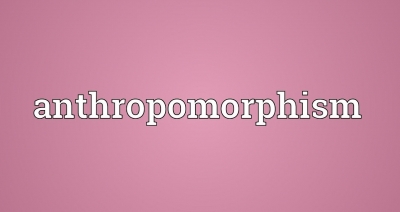
Did you know your favourite animated characters such as Mickey Mouse, Donald Duck and Ferdinand are representations of anthropomorphism? Anthropomorphism is the practice of treating objects and animals as if they have human qualities.
The word anthropomorphism finds its origins in early 19th century from the Greek word anthropomorphos, where anthropos means ‘human being’ and morphe means form’.
How is it different from personification?
There is a thin line that differentiates personification from anthropomorphism. While anthropomorphism makes objects behave like humans, personification adds human traits to abstract concepts, objects and non-human characters.
For example: Scooby from the cartoon Scooby Doo: Where are you? is an example of anthropomorphism. The dog is given human-like qualities and behaves just like humans. Same with all inanimate objects such as the candlestick, the tea cup and kettle from The Beauty and the Beast. On the other hand ‘The Sun is smiling at me” is a sentence which displays personification as the Sun remains a non-human object, however smiling, which is a human trait. is used to personify the Sun.
Why do we anthropomorphise?
Apart from films and literary works, anthropomorphism is seen even in real life, especially with pet owners and little children who talk to their stuff toys. According to an article published in Psychology Today, human anthropomorphise to make sense of behaviours and events that they encounter. Some research suggests that humans who feel lonely or worry more, tend to anthropomorphise by attributing human-like behaviours, especially emotions, to their pets. Scientists also propose that seeing pets or objects as human-like can help fulfil a social need.
Picture Credit : Google

